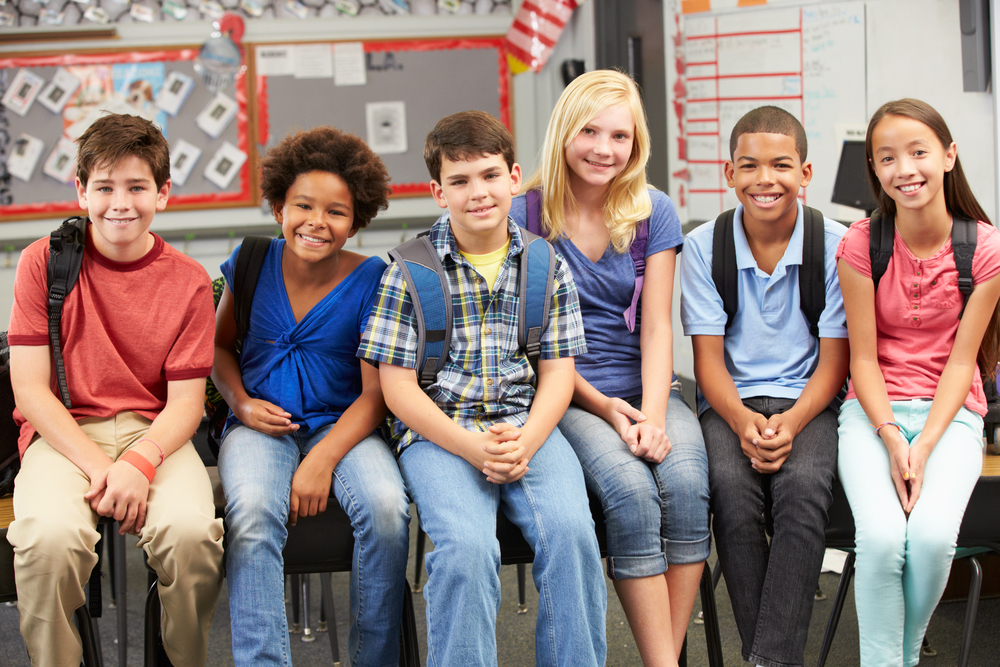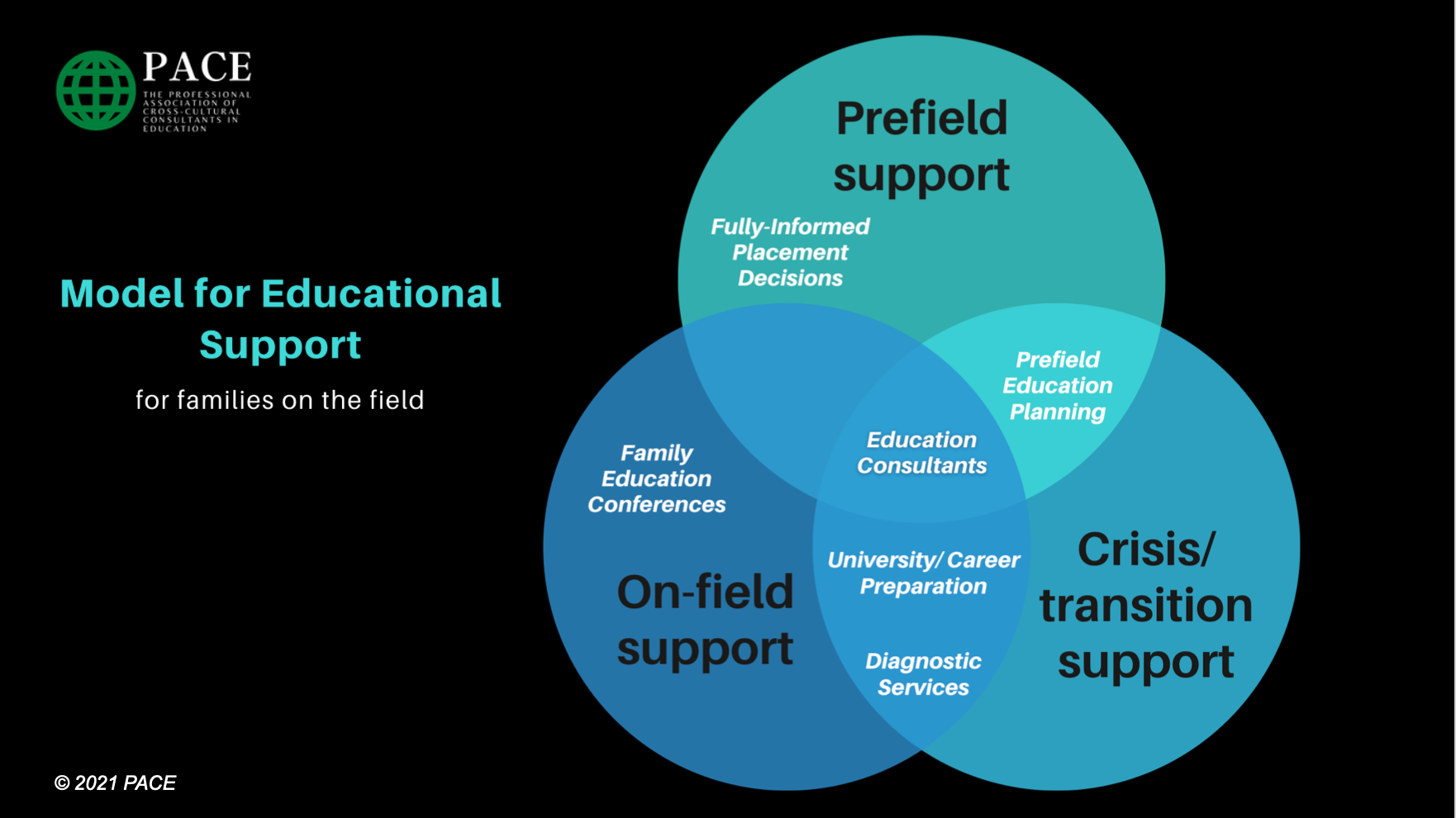In March, many education consultants gathered in person at the MK Education Summit near Atlanta…

MKs and Second Language Acquisition, Part 2
This is part 2 of a classic article about TCKs and multilingualism first published in Fitted Pieces by SHARE Education Services. You can read part 1 here.) The author is Cynthia Storrs, who served in Europe and was a staff member of SHARE for many years.
We often hear that a certain MK is bilingual, but what exactly does that mean? A balanced bilingual child is one who has age-appropriate abilities in both languages (see Baker). Parents (and grandparents!) should not expect that this means the MK will be equally fluent in both languages as two monolingual children are in their respective languages. Language acquisition is a function of many variables, two being effort and time. The problem is, there just are not enough hours in the day for a person to achieve equal monolingual fluency in two languages. Obviously, a child who spends 16 waking hours per day hearing and interacting in one language will generally have a greater knowledge of that language, compared to a child who only has 8 hours per day exposure, all things being equal. On the other hand, the bilingual child also has some advantages that the monolingual child will not have. There is much research to indicate that there are transfers made between languages, and that knowledge acquired in one language will transfer to knowledge and be expressed as skills in another language. This transfer of knowledge and skills is known as “metacognition,” and in some tests, metacognition in bilingual children has resulted in IQ scores which surpass monolingual children in fluency, flexibility of thought, originality, abstractions and problem solving (Cummins, 1989).
However, these kinds of advantages will generally require some kind of parental and academic support. As mentioned above, a distinction can be made as to children who study L2 for solely conversational purposes versus those who will acquire L2 for academic purposes. A 4- to 6-year-old child who needs to be conversant in the L2 can probably achieve a basic interpersonal communication skill level, roughly analogous to a monolingual child of his same age (BICS, see Baker) with 1 to 2 years of social interaction. However, it will take this same child approximately 5 to 7 years to achieve a cognitive academic language proficiency (CALP) analogous to a monolingual child of his age, a level which would be necessary to successfully complete studies in the L2.
Many teachers who do not have experience with bilingual children are unaware of this distinction, and will feel that the young MK is prepared for further education, judging only on the BICS level, when in truth, the child will be in need of extra help for a couple of years or more, until his/her CALP level is equal to other L2 monolingual children. A parent needs to be aware of this discrepancy, and also realize that s/he is probably not well-placed to bridge the gap; this is where an L2 native speaker can be invaluable, in helping an MK deal with pronunciation, idiomatic expressions and the various ways of solving problems which often discourage missionary parents into pulling their MK’s out of national schools. When a child is in the elementary grades, a L2 high school student is probably more than competent to help. If a child is older, engaging a professional is probably wise.
However, a parent is advised to strongly evaluate these differences before starting an older child in an L2 situation. If a child is too old (say, 12), the years necessary for him/her to catch up academically (5-7 years for CALP), may not allow him to successfully complete high school. Meanwhile, the child would possibly suffer emotionally and socially from the tremendous L2 demands made on him or her. If an MK begins L2 in the lower elementary years, parents should seriously consider repeating a grade in the L2, to allow him/her to catch up linguistically, practicing on content material that is possibly familiar or was already acquired in the mother tongue. Fortunately, in most other countries, repeating a grade in not at all frowned upon as it is in the US, and is often the norm.
Again, there are great advantages to a bilingual education, but parents must realize it comes with certain demands on the entire family. If both parents are not willing to make the adjustments necessary to help a child through a bilingual education, it will probably not be a successful or happy option for the MK.
Lastly, it is important to realize that our goal as workers and MK’s is to be not only bilingual, but bicultural (many experts feel that the two cannot be separated). MK’s need to learn about their “new” holidays and traditions, but not at the expense of their native ones. Both are important, to give roots in their home culture, and wings to fly in their new one. This can be achieved through many ways without burdening the MK with additional studies: family reading times, including poetry, folk tales, even comic books; folk songs and pop music; stamp and coin collections; national sports; celebrating all US (and national!) holidays; thermometers, scales and cookbooks in “both languages” will teach math and science.
English reading a writing skills should be worked on continuously through elementary and high schools years, but without being burdensome to the MK. Writing skills can be developed through diaries and letters to family members. Reading in both languages should be encouraged as a family hobby. During high school, there are many online courses available to help develop English skills. The MK needs to feel comfortable in both worlds, and the language and vocabulary associated with each one is important in making a person truly bicultural.
Although my daughter was only 4 years old at the time, she remembers her First Day of Language Study quite distinctly. It was a day in kindergarten that began with much excitement and ended with many tears! But she looks back on that memory now and smiles. When asked if all the “trauma,” the extra studies, the lists of spelling words in two languages, were worth it, she responded very positively. “Being bicultural gave me a much broader perspective on the world,“ she said. “Was it worth it? TOTALLY!”
From a California MK, that’s about as good as it gets.
Sources
On Second Language Acquisition:
Gardner, R. (1985) Social Psychology and Second Language Learning: The Role of Attitudes and Motivation. London, Edward Arnold.
Krashen, S. (1982) Principles and Practice in Second Language Acquisition. Englewood Cliffs, New Jersey, Prentice Hall, Inc.
Schumann, J. (1986) “Research on the Acculturation Model for Second Language Acquisition,” Journal of Multilingual and Multicultural Development, Vol. 7, No. 5, pp. 379-392.
On Bilingualism / Biculturalism:
Baker, C. (1993) Foundations of Bilingual Education and Bilingualism. Clevedon, Multilingual Matters, Ltd.
Baker, C. (1995) A Parents’ and Teachers’ Guide to Bilingualism. Clevedon, Multilingual Matters, Ltd.
Cummins, J. (1989) “Language and Literacy Acquisition in Bilingual Contexts,” Journal of Multilingual and Multicultural Development, Vol. 10, No. 1, pp. 17-31.
Larson, D. (1996) Learning a Language Again: First Steps in the Barefoot Approach, Version 1. Fresno, CA, Link Care Center.
This article is used with permission from SHARE Education Services.
© 2012-2023 PACE
All rights reserved


